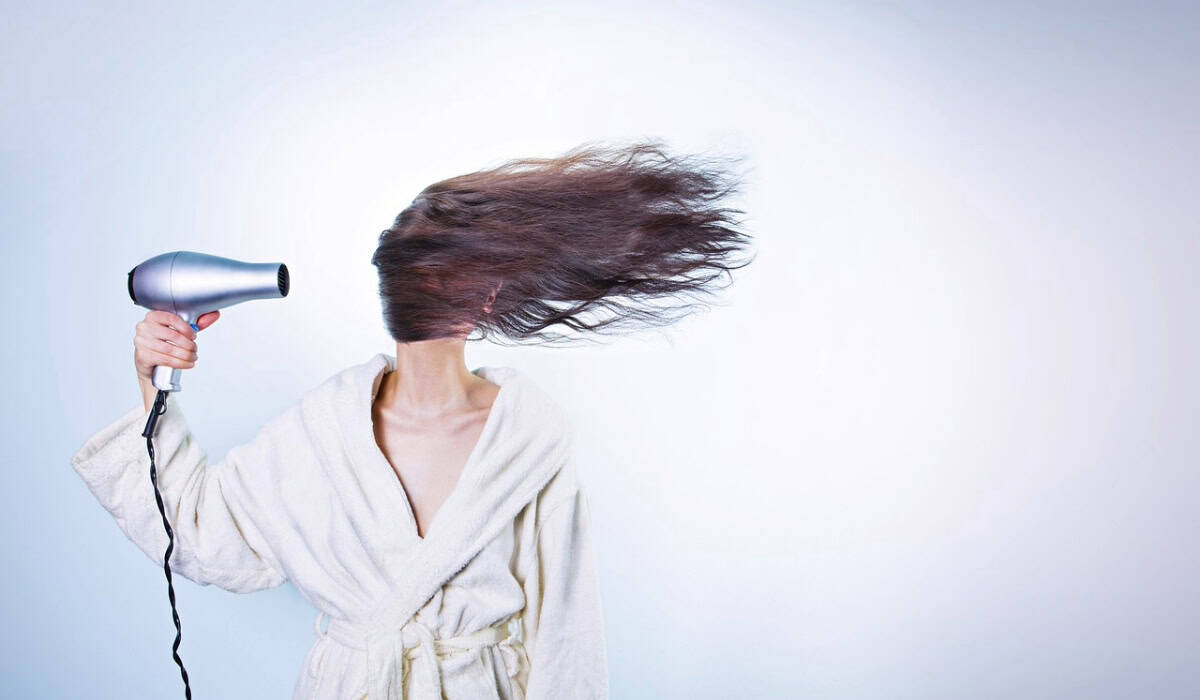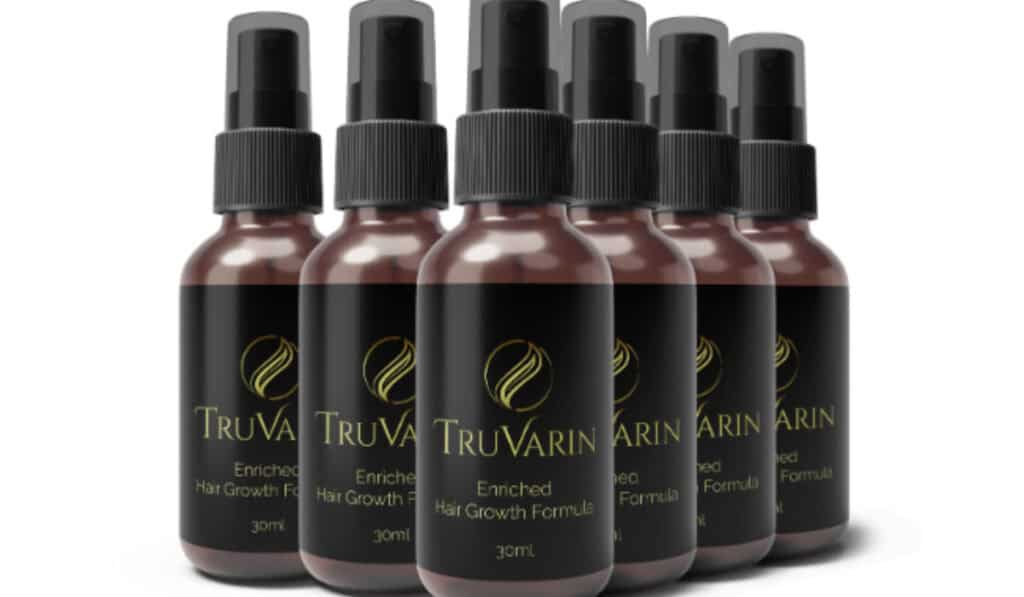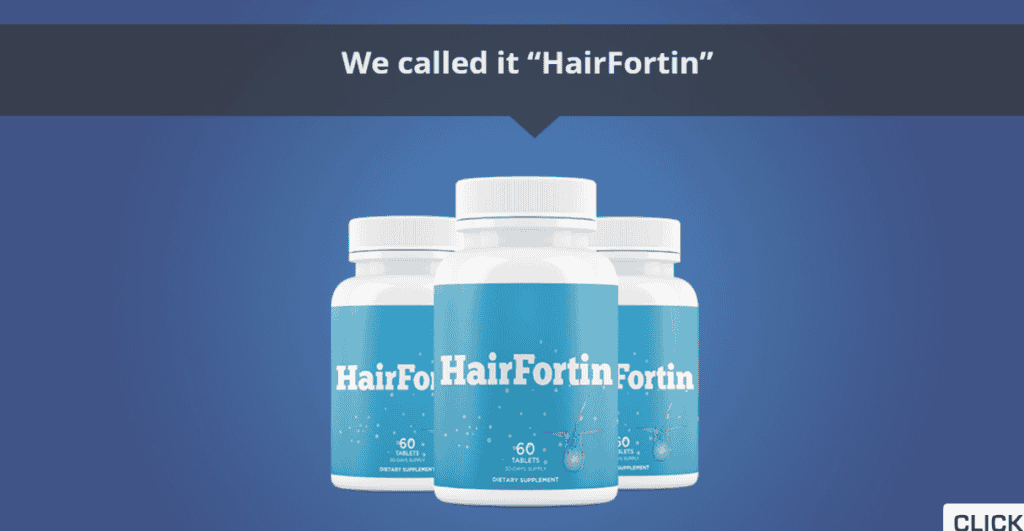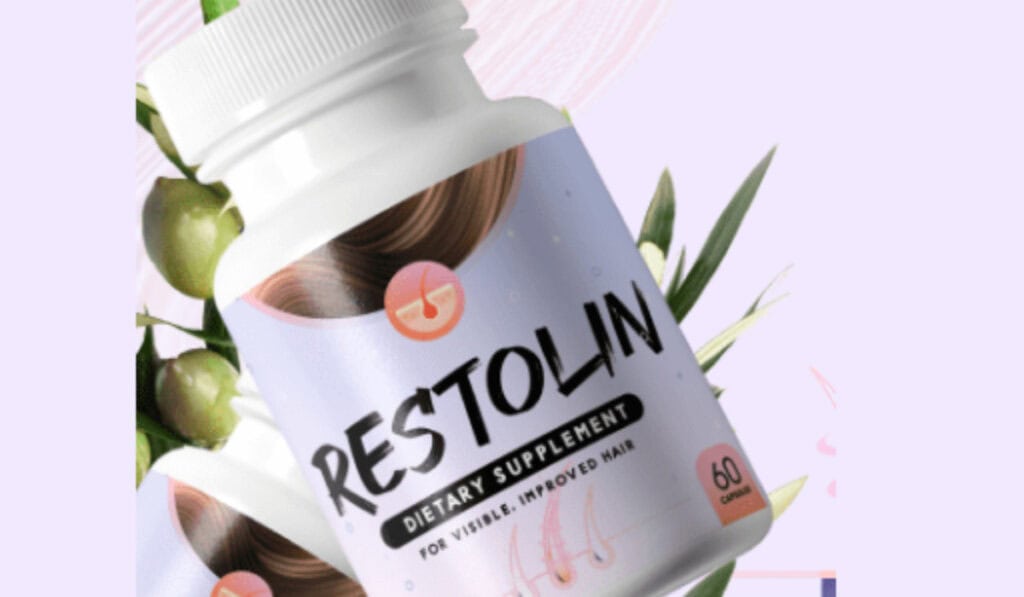Avoiding Practices That Can Lead to Preventable Hair Loss – Unveiled Strategies
Navigating the world of hair care can feel like walking through a maze. However, understanding the do’s and don’ts plays a crucial role in preventing unnecessary hair loss. From the foods you eat to how you style your hair, every choice impacts your hair’s health. For example, scalp exfoliation 2-3 times a week can remove dead skin cells, promoting a healthier environment for hair growth.
It’s also vital to avoid practices that strain your hair. Tight hairstyles can lead to traction alopecia, a form of hair loss that is entirely preventable. Washing your hair too frequently can strip away natural oils, leaving your hair dry and brittle. Instead, opt for a mild shampoo that cleans without stripping these essential oils, keeping your hair hydrated and strong.
Embarking on a Hair Care Journey: Essential Dos
To foster a healthy hair journey, start by addressing nutritional deficiencies and chronic stress, which can lead to scalp issues and hinder promoting healthy hair growth. Use heat protectant sprays when you blow dry your hair to prevent heat damage. Switching to a satin or silk pillowcase can help lock in moisture and reduce hair breakage. Remember, gentle hair care practices like using a wide-tooth comb and avoiding aggressive brushing can prevent unnecessary stress on your hair.
The Foundation of Hair Health: Embrace a Balanced Diet
Eating a balanced diet plays a crucial role in maintaining the health of your hair. Just like any other part of your body, your hair needs a mix of nutrients to grow strong and healthy. Make sure you’re getting enough vitamins, minerals, and proteins to keep your hair looking its best.
Superfoods for Super Hair: Integrating Vitamins and Minerals
To give your hair the best chance of staying thick and healthy, focus on foods rich in Vitamin E and other essential nutrients. These vitamins and minerals are the building blocks of strong, vibrant hair. Including them in your diet can help prevent hair loss and promote new hair growth. So, fill your plate with nuts, seeds, and leafy greens to keep your hair looking its best.
Unlocking the Power of Hydration: Condition After Every Wash
Moisture is key to preventing your hair from becoming dry and brittle. Always condition your hair after washing it to lock in moisture. This step helps keep your hair hydrated, soft, and manageable. It’s a simple action that can make a big difference in the health of your hair.
The Ritual of Scalp Nourishment: Incorporating Essential Oils
Essential oils, like rosemary oil, can stimulate blood flow to your scalp when you massage your scalp with them. This increased circulation can encourage hair growth and strengthen your hair roots. Incorporating essential oils into your hair care routine is a soothing way to support healthy hair growth while also taking a moment to relax.
The Art of Gentle Styling: Use Heat Protection and Avoid Tight Hairstyles
When styling your hair, always remember to protect it from heat damage. Use a heat protectant spray before you use blow dryers or curling irons. These tools can harm your hair if used too often or without protection. Also, avoid tight hairstyles that pull on your hair. Keeping your styling gentle can help maintain your hair’s health.
Preserving Hair Integrity: The Satin Pillowcase Secret
One simple switch that can have a big impact on your hair’s health is changing to a satin or silk pillowcase. These materials can help reduce friction on your hair while you sleep, which means less breakage and healthier hair over time. Plus, they feel luxurious and can help you get a better night’s sleep.
Regular Trims: Keeping the Ends Fresh
Getting regular trims is like giving your hair a fresh start. It’s not just about style; it’s about health. By trimming those split ends every 6-8 weeks, you prevent the split from traveling up the hair shaft, which could cause more damage. Think of it as snipping away the bad to make room for the good. Plus, it keeps your hair looking neat and full of life.
Navigating Through the Don’ts: Practices to Avoid
Avoid tight ponytails and other tight hairstyles that pull on the scalp. These can lead to scalp issues and even promote hair loss. Instead, opt for gentler styles that allow your scalp to breathe. And when choosing hair care products, go for sulfate-free shampoos that are gentler on your hair and scalp. Remember, understanding the dos and don’ts is crucial for promoting hair growth.
The Chemical Treatment Trap: Minimizing Damage
Be wary of harsh chemicals that can weaken the hair shaft and irritate the scalp. The excessive use of chemical treatments like dyes and relaxers can strip hair of its natural strength, leading to breakage. If you love changing your hair color or texture, try to space out treatments and use nourishing conditioners to mitigate the damage.
Overwashing and Heat Tools: Striking the Right Balance
Using heat styling tools too often, like flat irons and curling irons, can leave your hair dry and brittle. Protect your locks from heat exposure by using a heat protectant and limiting the use of these tools. Similarly, overwashing can strip natural oils from your scalp, leading to dryness and breakage. Find a balance that keeps your hair clean but doesn’t overdo it, to avoid breakage and split ends.
Steering Clear of Harm: Avoid Smoking and Excessive Alcohol Consumption
Smoking and excessive alcohol consumption can restrict blood flow and lead to oxidative stress, both of which are bad news for your hair. If you’re experiencing hair issues, consider talking to a medical professional about how lifestyle changes could benefit your hair health.
Wet Hair Woes: Comb and Towel-Dry With Care
Wet hair is more vulnerable to damage, so treat it gently. Use a wide-tooth comb to detangle without pulling or breaking strands. Instead of rubbing your hair dry with a towel, which can cause breakage, gently pat it dry and wrap it in a soft towel or switch to a satin or silk pillowcase to lock in moisture. Regular scalp massages can also promote healthy hair growth by improving blood circulation. These practices, along with stress management and addressing nutritional deficiencies, can help keep your hair strong and healthy.
Environmental Hazards: Pollution and UV Exposure
Your hair faces challenges every day from pollution and the sun. Keeping your scalp clean plays a vital role in maintaining healthy hair. When pollutants stick to your hair, they can damage it over time. Also, too much sun can make your hair’s health decline, leaving it less healthy and vibrant. To fight against these hazards, cover your hair when outside, and wash it regularly to remove pollutants. This way, your hair stays protected and keeps looking great.
Beyond Products: Lifestyle Adjustments for Hair Vitality
Healthy hair isn’t just about the products you use. Your daily habits and lifestyle choices have a big impact too. Eating right, staying hydrated, and getting enough sleep are all important. Making these positive changes can help your hair stay strong and shiny. Remember, taking good care of your overall health is key to having great hair. So, think beyond hair products and consider how your lifestyle affects your hair’s vitality.
Stress Management: A Silent Key to Reducing Hair Loss
Did you know stress can lead to hair loss? It’s called telogen effluvium. Managing stress is important for keeping your hair thick and healthy. Finding ways to relax, like exercising or meditating, can help a lot.
The Power of Sleep: Rejuvenating Your Scalp and Hair
Getting enough sleep is crucial for your hair’s health. When you sleep, your body repairs itself, and this includes your hair and scalp. Aim for 7-8 hours of sleep each night to give your scalp the time it needs to rejuvenate. This rest is not just good for your body but also keeps your hair looking its best. So, make sleep a priority for healthy, vibrant hair.
Seeking Professional Insight: When to Consult a Specialist
Knowing when to consult a dermatologist can be a pivotal step in your hair care journey. If you’re experiencing unusual hair loss, persistent scalp issues, or reactions to hair care products, it’s time to seek professional advice. A dermatologist can diagnose underlying conditions that aren’t visible to the untrained eye, ensuring your hair care practices contribute to, rather than detract from, your overall hair health.
The Science Behind Hair Care
The foundation of effective hair care lies in understanding the science behind it. Nutritional deficiencies can lead to weakened hair structure, making it imperative to consume a balanced diet. Incorporating a heat protectant before styling reduces damage, while a wide-tooth comb can help detangle without pulling or breaking strands. Recognizing the role each product and tool plays can significantly improve your hair’s health and appearance.
Understanding Hair Porosity and Its Impact on Hair Health
Understanding your hair’s porosity is crucial for selecting the right shampoos and conditioners. Active ingredients in these products are designed to work best with your hair’s specific needs, ensuring moisture and nutrients are effectively absorbed and retained.
DHT Explained: Its Role in Hair Loss and How to Counteract It
Dihydrotestosterone (DHT) is a hormone linked to hair loss in both men and women. It shrinks hair follicles, making it difficult for hair to survive. Countering its effects involves treatments that can block DHT’s production or protect the hair follicles from its impact. Seeking advice from a healthcare provider can guide you to the right treatment plan.
Crafting Your Unique Hair Care Regimen
Creating a hair care regimen that caters to your specific needs is essential for maintaining healthy hair. Remember to include scalp care, such as using a wide-tooth comb for gentle detangling, to prevent breakage. Tailoring your routine to address your hair’s unique characteristics will ensure you provide the best care possible, promoting growth and preventing damage.
The Importance of Scalp Exfoliation and Care
Keeping your scalp healthy is key to strong, healthy hair. Incorporating salicylic acid into your routine through scalp exfoliation can remove dead skin cells and buildup, promoting a healthier environment for hair growth.
The Dos and Don’ts Tailored to Your Hair Type
Understanding your hair type is critical for determining the dos and don’ts of your hair care routine. Fine hair may require lightweight products to prevent weighing it down, while curly hair benefits from heavier, moisturizing products. Avoiding harsh chemicals and heat styling without protection are universal don’ts, but remember, the best practices for your hair depend on its unique attributes.
The Final Strand: Wrapping Up Your Hair Care Blueprint
As you finish crafting your hair care plan, remember that the journey to healthier hair is a blend of what you do and what you avoid. Including nourishing elements like sunflower oil can deeply moisturize your hair, while ingredients such as pyrithione zinc are key in fighting off dandruff. However, it’s essential to understand that the guidance provided here does not constitute medical advice. For any concerns or specific conditions, consulting a healthcare professional is advisable.
Moreover, protecting your hair from environmental factors plays a significant role in maintaining its health. Always consider wearing hats or using hair products that offer sun protection to shield your strands from damaging UV rays. This comprehensive blueprint, when followed with care and adjusted to your hair’s unique needs, paves the way for a head full of healthy, vibrant hair. Embrace these practices and watch your hair thrive.





